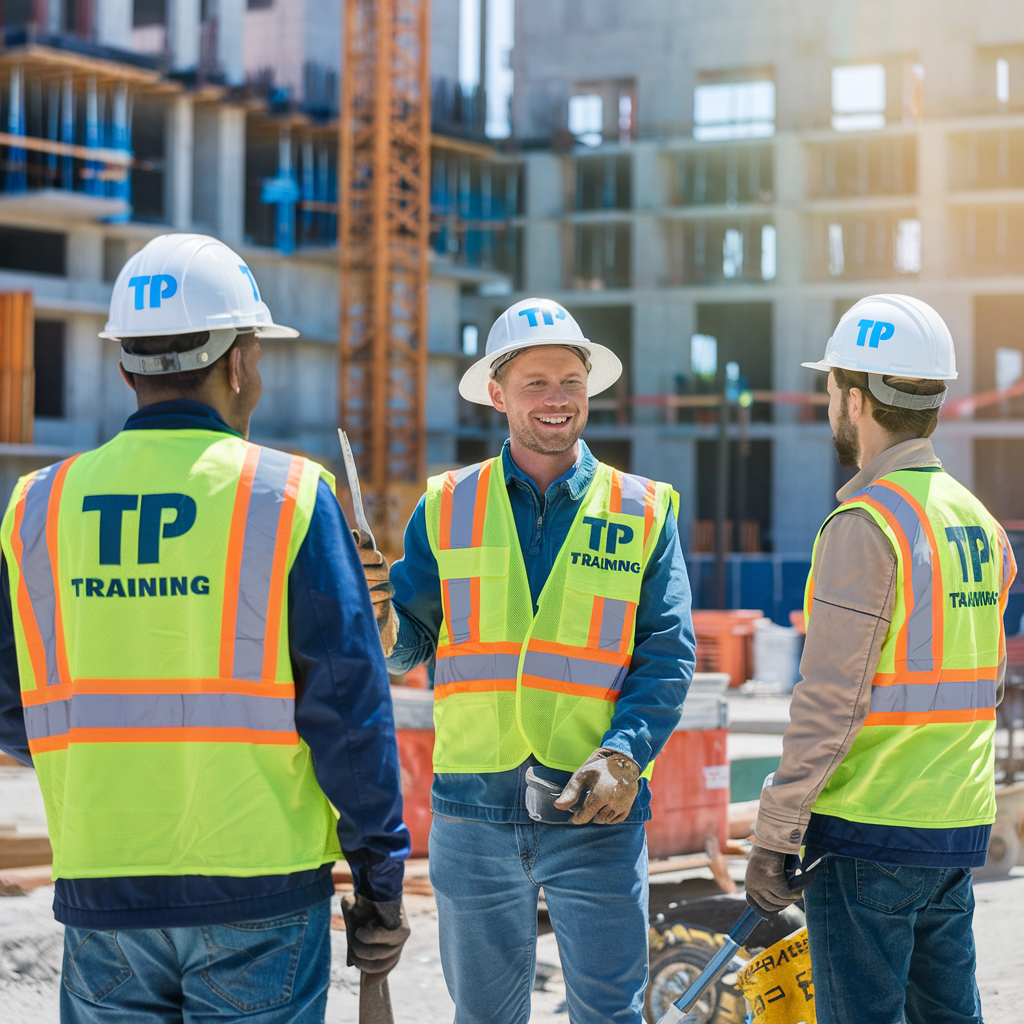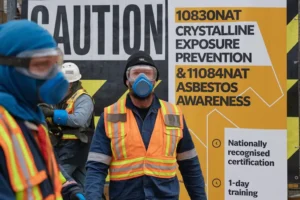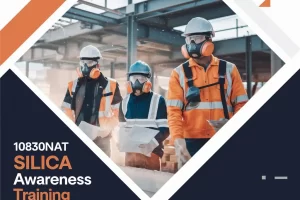
Standard Steps to Success for Obtaining Trade Licensing in Australia: Requirements and Benefits
Are you a tradesperson in Australia looking to enhance your career and legally work in your chosen trade? Obtaining a trade license is a crucial step that brings numerous benefits, from increased career opportunities to higher earnings and legal protection. In this detailed guide, we’ll explore the trade licensing process, the qualifications required, and how you can fast-track your success with TP Training.
What is a Trade License and Why Is It Important?
A trade license in Australia is an official certification that allows you to legally operate in specific trades, such as plumbing, electrical work, carpentry, and more. Each state and territory in Australia has its own licensing requirements, making it essential to follow the correct procedures to ensure compliance.
Without a proper trade license, you risk facing legal penalties and missing out on larger projects that require verified qualifications. More importantly, a licensed tradesperson gains the trust of clients, opening up more significant career opportunities and the ability to secure higher-paying contracts.
Key Benefits of Getting a Trade License
- Legal Compliance: By obtaining a trade license, you ensure that you comply with your state’s laws and regulations. Working without one can result in heavy fines and even lawsuits.
- Career Advancement: Licensing enhances your credibility and opens doors to high-value contracts and larger projects. Tradespeople with licenses are in higher demand as clients often prefer to work with certified professionals.
- Increased Earnings: A licensed tradesperson can typically charge premium rates for their services. Having the proper qualifications and certifications demonstrates a higher skill level, allowing you to increase your pricing.
- Client Trust: Holding a valid trade license builds trust with your customers, assuring them that you meet national standards for safety and workmanship.
General Requirements for Trade Licensing in Australia
While the specific requirements for obtaining a trade license can vary between Australian states and territories, the general process involves the following key steps:
- Education & Qualifications: Most trades require a Certificate III qualification or higher. For instance, becoming a licensed plumber, electrician, or bricklayer typically requires completion of a recognized Certificate III in your trade.
- Practical Experience: Hands-on experience in your field is crucial. Many trades require a set number of years working under supervision, such as an apprenticeship, to ensure you’ve gained enough practical knowledge.
- Additional State Requirements: Some states require further registration or specific exams to be completed beyond your standard qualifications. You must check with your local authority for the exact requirements.
For more detailed guidance on state-specific requirements, visit Trade Licensing Guide for each States and Careers .
How to Fast-Track Your Trade Licensing with TP Training
Obtaining a trade license can feel daunting, but with the right training provider, the process becomes straightforward. TP Training offers specialized courses tailored to help you meet all necessary qualifications quickly and effectively.
Here are the ways TP Training can support your journey:
1. Comprehensive Training Programs
TP Training offers a variety of courses that cater to the requirements of various trades. Whether you are looking to become a licensed bricklayer, plumber, or carpenter, their programs are designed to help you meet your certification requirements.
2. Recognition of Prior Learning (RPL)
For experienced professionals already working in the field, TP Training provides Recognition of Prior Learning (RPL) options. RPL allows you to fast-track your certification by assessing your existing skills and experience. This can save you time and help you get licensed sooner.
3. Flexible Learning Options
TP Training offers both online and in-person learning options to fit your schedule. This flexibility ensures that you can continue working while pursuing the necessary qualifications.
Step-by-Step Guide to Getting Your Trade License
- Identify Your Trade: First, determine the specific trade you want to get licensed for, such as plumbing, electrical work, or carpentry. Each trade has its own unique requirements and qualifications.
- Choose the Right Course: Once you’ve identified your trade, you’ll need to complete a recognized course, such as a Certificate III. TP Training offers a wide range of courses designed to meet these requirements.
- Gain Practical Experience: Many trades require on-the-job experience under a licensed professional. You may need to complete an apprenticeship or have previous work experience evaluated.
- Apply for RPL: If you have considerable work experience, apply for RPL to accelerate your certification process.
- Complete Your Licensing Application: After completing your course and meeting the experience requirements, you can submit your application for a trade license to your state’s licensing authority.
State-by-State Licensing Requirements
Licensing requirements can differ from one state to another. Here are some of the key points to keep in mind:
- New South Wales (NSW): Trades such as electrical and plumbing work require you to hold a valid Certificate III and pass specific assessments.
- Victoria: Similar to NSW, you’ll need relevant qualifications and practical experience. Additionally, some trades may require further registration.
- Queensland: Licensing requirements often include a combination of formal qualifications and state-specific registration exams.
Be sure to check with your local licensing authority to stay updated on any changes in the regulations. For a more detailed breakdown, check outTrade Licensing Guide for each States and Careers .
Conclusion: The Road to Professional Success
Obtaining a trade license in Australia is a critical step in advancing your career, ensuring legal compliance, and building a trusted professional reputation. With the help of TP Training, you can gain the necessary qualifications, apply for RPL if you’re an experienced professional, and get licensed faster.
By investing in your education and securing your trade license, you’ll open the doors to new opportunities, higher earnings, and long-term career success.
To start your journey, visit Trade Licensing Guide for each States and Careers and take the first step toward becoming a licensed professional.
Tag:Trade Licensing



